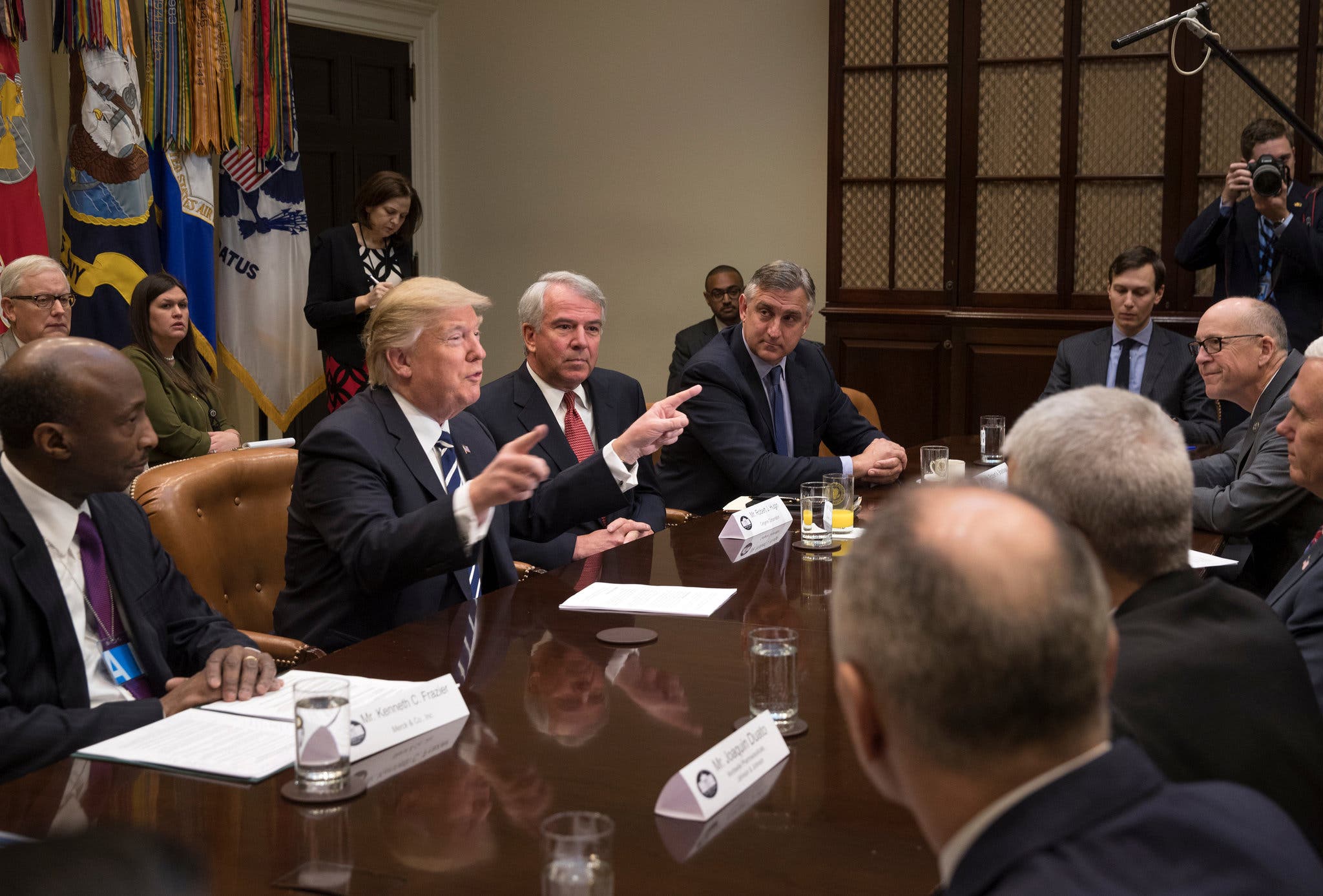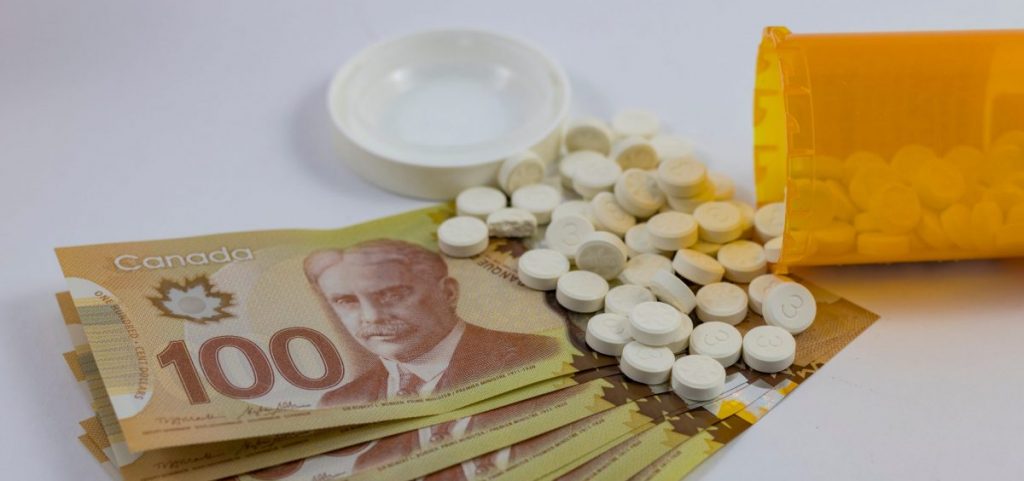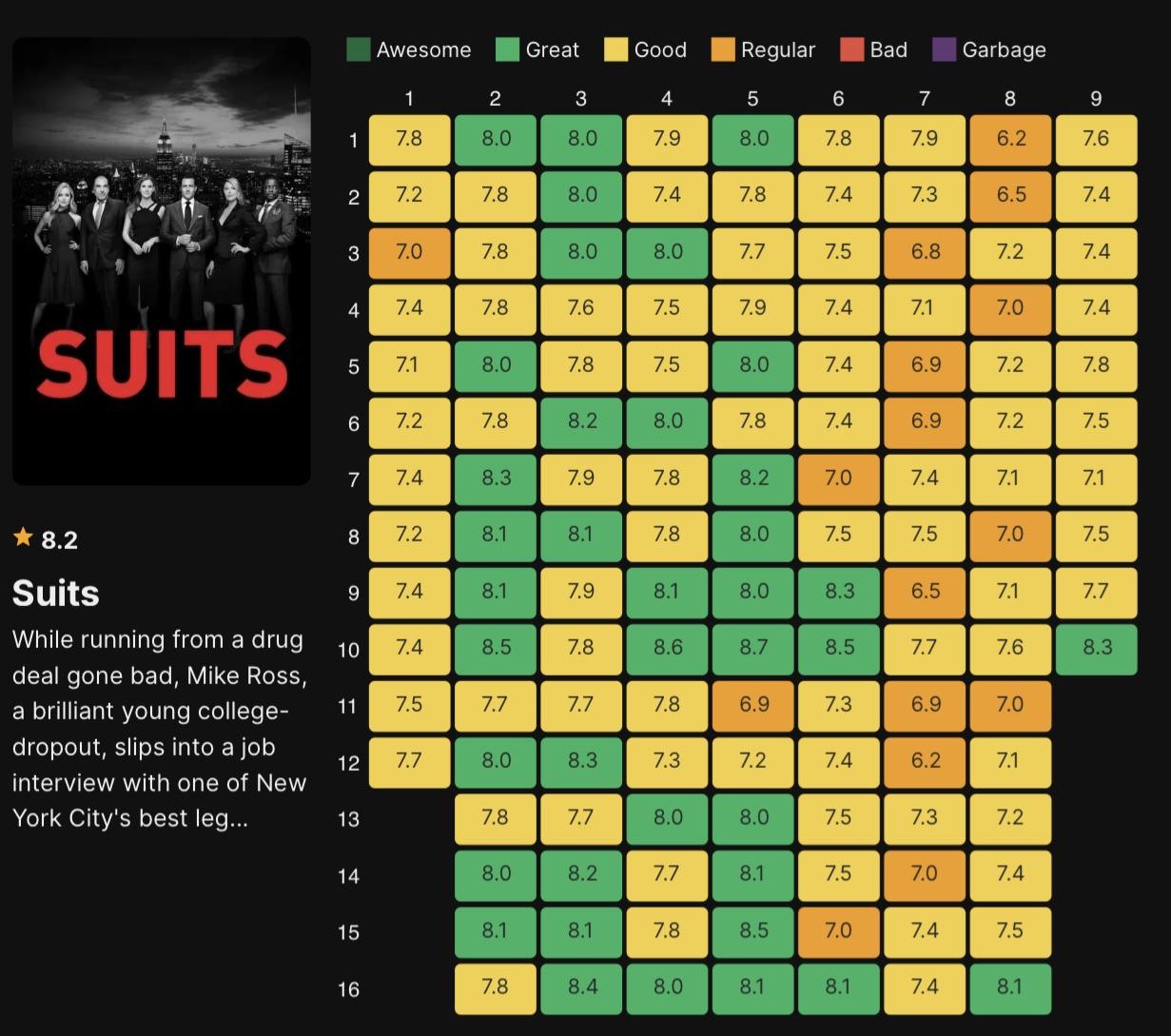Understanding Trump's Executive Order To Reduce Drug Costs

Table of Contents
Key Goals of the Executive Order
The Trump administration's executive order on drug prices had several core objectives, all aimed at making prescription medications more affordable and accessible.
Addressing High Drug Prices
The primary goal was a direct assault on the high cost of prescription drugs. The order aimed to significantly reduce the out-of-pocket expenses faced by millions of Americans, particularly seniors relying on Medicare.
- Focus on reducing out-of-pocket expenses for seniors: The executive order specifically targeted the financial burden placed on elderly individuals, many of whom live on fixed incomes.
- Targeting exorbitant drug pricing practices by pharmaceutical companies: The order aimed to curb what were perceived as unfair and excessive pricing strategies employed by some pharmaceutical companies.
- Promoting competition within the pharmaceutical market: Increased competition was seen as a key driver in lowering prices, mirroring principles of free-market economics applied to healthcare.
International Price Comparisons
A controversial aspect of the executive order was its exploration of linking US drug prices to those in other developed countries, where prices are often significantly lower.
- Potential benefits and drawbacks of international price referencing: While this could drastically reduce costs, concerns existed regarding the impact on pharmaceutical innovation and the potential for drug shortages.
- Arguments for and against this strategy: Proponents argued it would align US prices with global norms, while opponents raised concerns about compromising the US pharmaceutical industry's ability to fund research and development.
- The political and logistical challenges involved: Implementing such a system faced significant political resistance and presented logistical hurdles in terms of international agreements and data harmonization.
Promoting Transparency and Competition
The executive order also sought to increase transparency in drug pricing and stimulate greater competition within the pharmaceutical industry.
- Encouraging the release of more pricing data: Greater transparency was seen as crucial for allowing consumers and policymakers to make informed decisions.
- Investigating anti-competitive practices within the industry: The order aimed to identify and address any practices that stifled competition and artificially inflated drug prices.
- Supporting the development of biosimilars and generic drugs: Promoting these lower-cost alternatives was central to expanding patient choice and lowering overall healthcare expenditure.
Mechanisms Employed by the Executive Order
The executive order utilized various mechanisms to achieve its stated goals, some more successful than others.
Negotiating Drug Prices with Medicare
A significant proposal was to empower the government to directly negotiate lower drug prices with pharmaceutical companies for medications covered under Medicare Part D.
- The legal complexities surrounding Medicare drug price negotiations: Existing laws heavily restricted the government's ability to negotiate drug prices, presenting a major legal hurdle.
- Opposition from pharmaceutical companies: Pharmaceutical companies strongly opposed this measure, arguing it would stifle innovation and lead to fewer new drug developments.
- The potential impact on drug innovation: A key point of contention was whether price negotiation would negatively impact pharmaceutical companies' ability to invest in research and development of new treatments.
Importation of Drugs from Other Countries
The executive order also explored the potential for allowing the importation of prescription drugs from countries like Canada, where prices are considerably lower.
- Safety concerns regarding imported drugs: Major concerns revolved around ensuring the safety and efficacy of imported drugs and preventing counterfeit medications from entering the US market.
- The regulatory hurdles involved in drug importation: Significant regulatory changes would be required to ensure the safe and legal importation of drugs while maintaining quality control.
- Potential benefits and risks of this approach: While potentially reducing costs, this approach carried risks regarding drug safety, supply chain management, and intellectual property rights.
Promoting the Use of Biosimilars
The order aimed to expedite the development and utilization of biosimilars – less expensive alternatives to brand-name biologics.
- The benefits of biosimilars for patients and the healthcare system: Biosimilars offer significant cost savings without compromising efficacy, potentially freeing up substantial healthcare resources.
- Addressing concerns about the biosimilar approval process: Concerns existed regarding the rigor of the biosimilar approval process and ensuring their bioequivalence to the originator biologics.
- Strategies to increase biosimilar market penetration: The order sought to remove barriers to biosimilar adoption, including navigating complex regulatory pathways and addressing physician hesitancy.
Impact and Long-Term Effects
Assessing the overall impact of Trump's executive order on drug prices and patient access requires a nuanced examination of both successes and failures.
Successes and Shortcomings
While the executive order didn't achieve all its objectives, it did spark a broader national conversation about drug pricing and spurred some limited progress.
- Specific examples of price reductions (if any): The extent to which the executive order directly resulted in price reductions remains a subject of debate and requires further analysis.
- Areas where the order fell short of its goals: Many of the order's most ambitious proposals, such as direct price negotiation with Medicare, faced significant legal and political resistance.
- The lasting impact on drug pricing dynamics: The order's influence on subsequent drug pricing policies and ongoing legislative efforts requires continued observation and study.
Political and Legal Ramifications
The executive order generated significant political controversy and legal challenges.
- Arguments in favor and against the executive order: Supporters argued it was a crucial step in making drugs more affordable, while opponents claimed it would harm innovation and compromise patient safety.
- The role of lobbying groups: Powerful pharmaceutical lobbying groups played a significant role in shaping the debate and influencing legislative outcomes.
- The impact on future drug pricing policies: The order's legacy continues to shape the ongoing dialogue and policymaking surrounding prescription drug affordability.
Conclusion
Trump's executive order to reduce drug costs represented a bold, albeit controversial, attempt to address a major healthcare crisis. While its impact was limited by legal challenges and political resistance, it sparked a crucial discussion about drug pricing transparency, competition, and the affordability of prescription medications. Understanding the complexities of this executive order is critical to informing future efforts to achieve sustainable drug price reform and improve access to affordable medications for all Americans. To learn more about the ongoing evolution of drug pricing policies, further research into Trump's Executive Order and related initiatives is essential.

Featured Posts
-
 Trumps Plan To Lower Drug Prices Examining The Executive Order
May 13, 2025
Trumps Plan To Lower Drug Prices Examining The Executive Order
May 13, 2025 -
 Kostyuk Protest Protiv Uchastiya Rossiyanok V Tennisnykh Turnirakh
May 13, 2025
Kostyuk Protest Protiv Uchastiya Rossiyanok V Tennisnykh Turnirakh
May 13, 2025 -
 Sun Kissed Highlights Eva Longorias Stunning Hairstyle Transformation
May 13, 2025
Sun Kissed Highlights Eva Longorias Stunning Hairstyle Transformation
May 13, 2025 -
 Partynextdoor And Tory Lanez Understanding The Recent Apology
May 13, 2025
Partynextdoor And Tory Lanez Understanding The Recent Apology
May 13, 2025 -
 Report Sam Elliott Joins The Landman Season 2 Cast
May 13, 2025
Report Sam Elliott Joins The Landman Season 2 Cast
May 13, 2025
Latest Posts
-
 Suits La Episode 2s Superpower Reveal And Its Unfortunate Consequences For Ted Black
May 14, 2025
Suits La Episode 2s Superpower Reveal And Its Unfortunate Consequences For Ted Black
May 14, 2025 -
 Analysis Of Suits La Episode 5 Finding The New Harvey And Mike
May 14, 2025
Analysis Of Suits La Episode 5 Finding The New Harvey And Mike
May 14, 2025 -
 Suits La Episode 2 Ted Blacks Unused Superpower And My Frustration
May 14, 2025
Suits La Episode 2 Ted Blacks Unused Superpower And My Frustration
May 14, 2025 -
 Suits La Spin Off Episode 5 Introduces Harvey And Mikes Replacements
May 14, 2025
Suits La Spin Off Episode 5 Introduces Harvey And Mikes Replacements
May 14, 2025 -
 The Suits La Premiere A Deeper Look At The Shocking Twist
May 14, 2025
The Suits La Premiere A Deeper Look At The Shocking Twist
May 14, 2025
